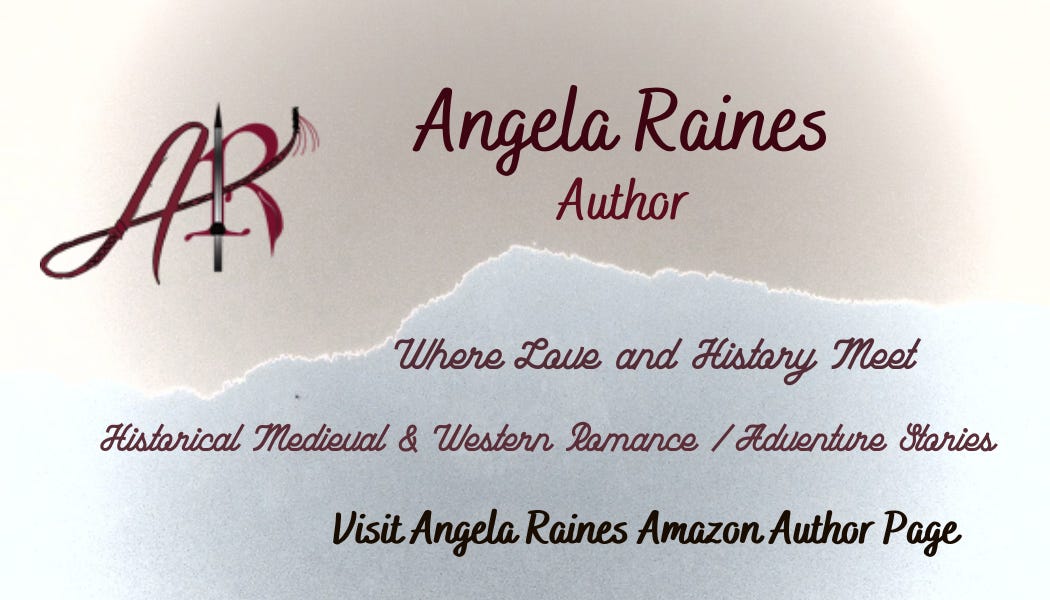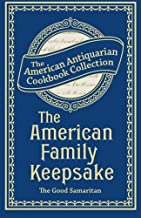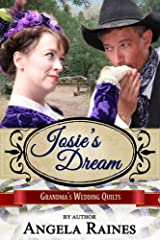Post (c) Doris McCraw
aka Angela Raines
 |
| Photo (c) Doris McCraw |
There is a history of women struggling to be accepted in the early part of the 1800s. It began with Elizabeth Blackwell and her efforts for acceptance into Geneva medical college.
Dr. Blackwell, who graduated in 1849 from Geneva was not the only woman who made the effort to attend medical school or practice medicine openly. Dr. Harriot Kezia Hunt practiced in Massachusetts in the 1830s and had applied to Harvard Medical School, at the same time Blackwell applied to Geneva, but was denied acceptance. (It should be noted, the faculty agreed to let Dr. Hunt and men of color audit classes, but the student body objected.) Dr. Hunt was later given an honorary degree from the Female Medical College of Philadelphia in 1853.
In 1864 Dr. Rebecca Lee Crumpler was the first woman of color in the United States to earn a medical degree. Dr. Sarah Hackett Stevenson, a physician in Illinois was admitted to the American Medical Association in 1876.
On January 8, 1873, the Denver Rocky Mountain News, carried the following advertisement. “Mrs. E. A. Gillett,M.D. Office and residence: Curtis Street between I and K. Special attention given to Obstetrics and diseases of women and children. References: John Major, M.D., Dr. C. Wakefield, Bloomington, Illinois: R.A. Gunn M.D., H.D. Garrison M.D., L.S. Major M.D., Prof. Bennet, Medical College, Chicago.” How long Dr. Gillet remained in Denver for approximately two years before continuing further west.
The idea of a female doctor in Colorado does not seem to be one of fighting prejudice. At least not overtly. Dr. Gillett had supporters, most of whom are male. There were women doctors in the 1870s in Colorado who did not fit any of the parameters we've seen in the television shows. Dr. Alida Avery came to Denver in 1874 as the director of hygiene. Dr. Avery's credentials were impressive. She graduated from the New England Female Medical College in 1862 and then Boston University of Medicine in 1863. Prior to Colorado, Dr. Avery was a professor at Vassar from 1865 to 1874. Matthew Vassar in 1864 wanted to use all female professors, but in the 1860s there were few who would qualify. He did locate two, astronomer Maria Mitchell and Dr. Alida C. Avery, physician, and physiology professor. Dr. Avery, along with Miss Lyman and Dr. Raymond, were called by some of the students ' The Trinity' for their power in the institution. A case for fighting prejudice might be made for Dr. Avery if you include her work on behalf of women and the suffrage movement. By the time Dr. Avery arrived in Colorado, two years prior to statehood, she was involved in and was the president of “The Organization for Women's rights”. The Rocky Mountain News announced her arrival in style. The June 11, 1874 edition of the paper included the following: “the well-known professor of physiology and hygiene, at Vassar College, Alida C. Avery, M. D., has arrived in Denver and taken up residence on 20th St., corner of Champa. She has been the resident physician of that institution from its opening in 1865, having usually under her care the health and habits of some 400 young women from every part of our country. The Poughkeepsie news, in announcing her resignation, makes mention of the remarkable fact, that not a single death occurred among the pupils under her charge, during her eight years of administration....”
While Dr. Avery may have been the first female physician to remain in Colorado for more than two years, she was not the only one. Dr. Rilla G Hay, one of the first to be licensed in California when they began in 1876, spent time in active practice and furthered her education, taking additional medical courses over the years she was in practice. Dr. Edith Root was the first woman to receive a license in the state of Colorado when the state began the process in 1881.
While women had to work to achieve their dreams, so did many others. What we can take from their journey is the determination to follow through and just do it.
If you would like to know more about the women doctors who practiced in the Colorado Springs area the book: "Under the Stone: Early Women Doctors in Evergreen Cemetery" is available as an ebook. Amazon Purchase Link
Until Next Time: Stay safe, Stay happy, and Stay healthy.
Doris






.png)